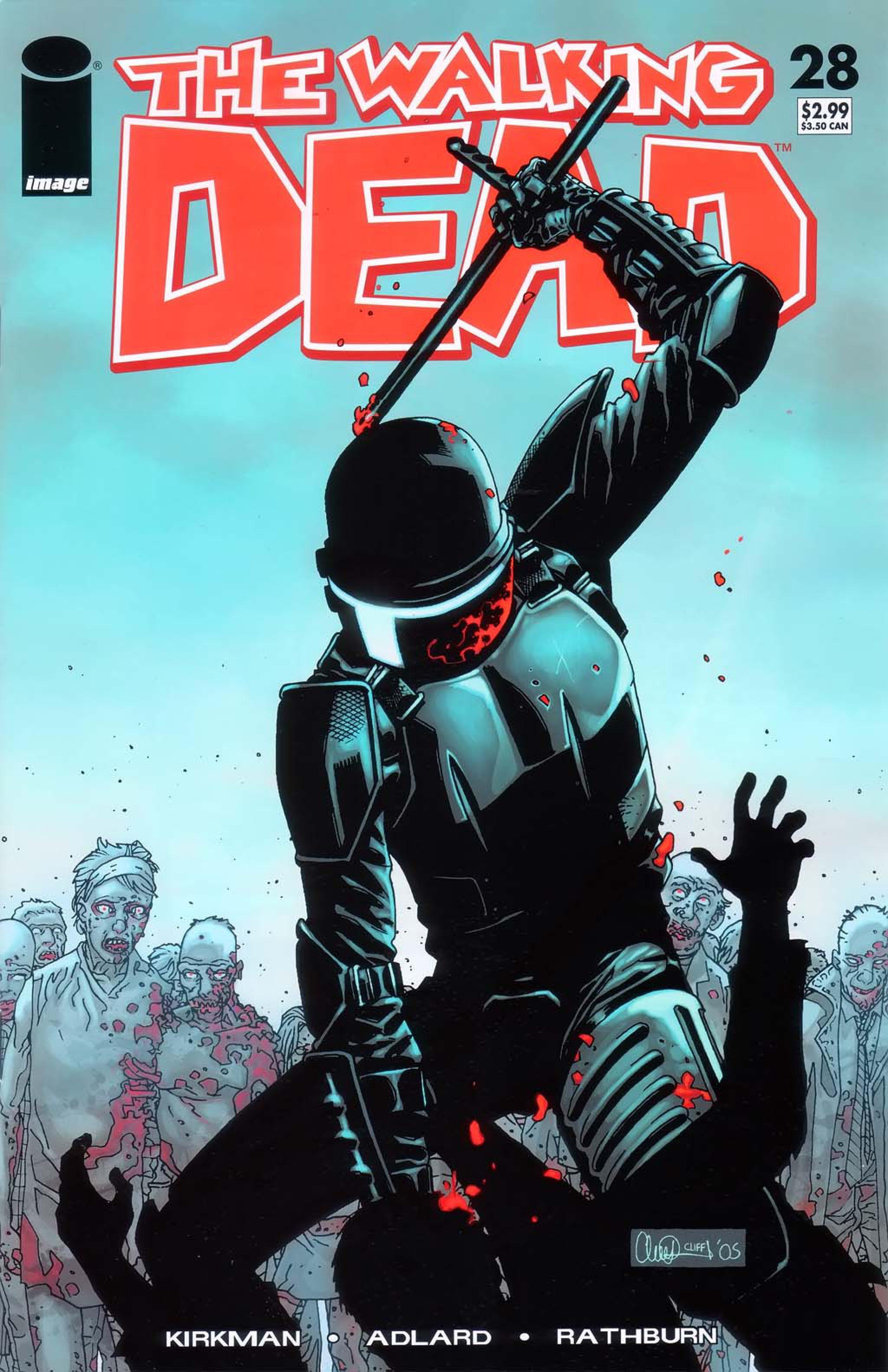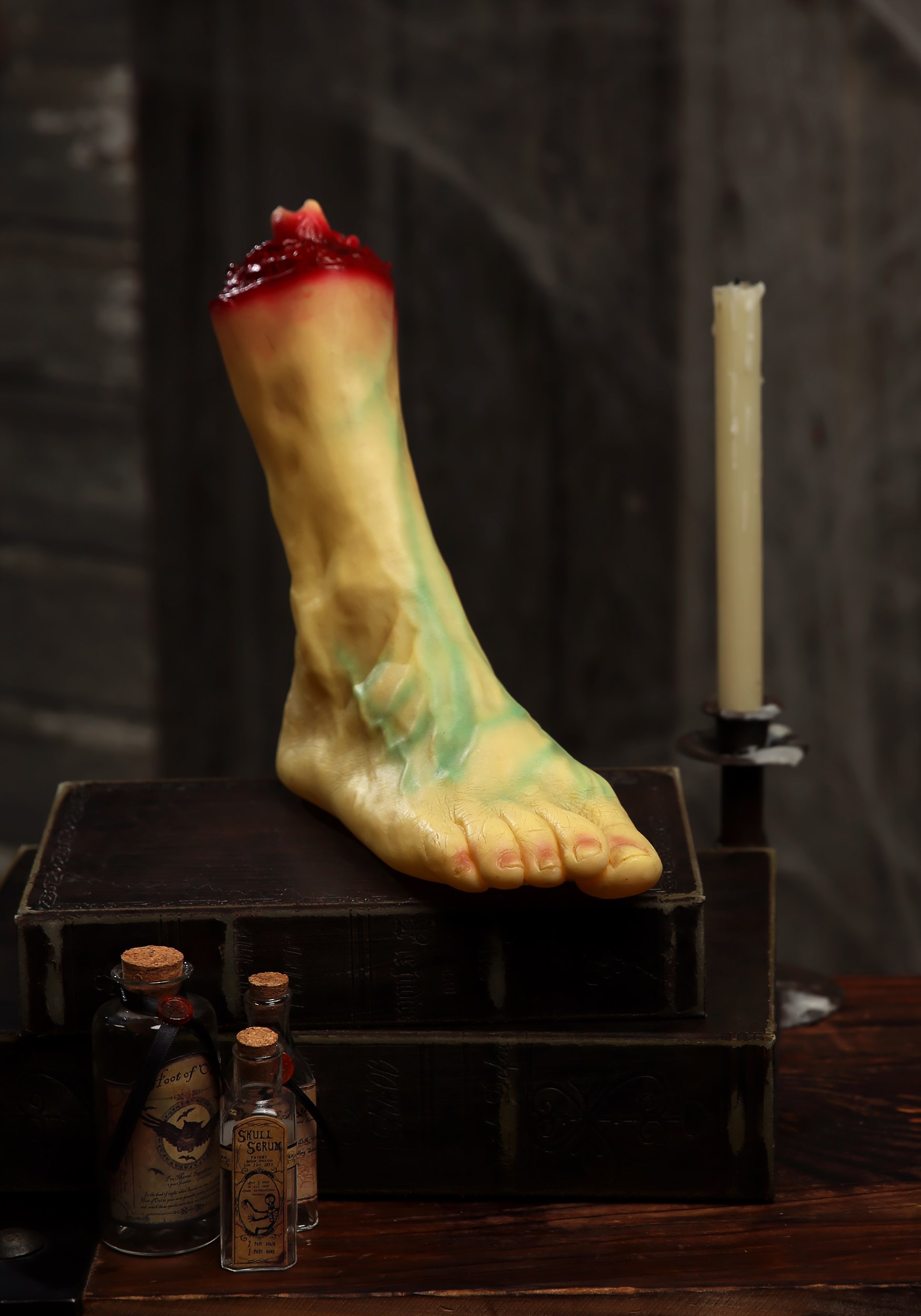

Add an image geeklet to point to /path/to/WeatherIcons/weathericon.Command: /path/to/script/weatherparser.rb forecast.Add a geeklet for forecast (optional, of course).Command: /path/to/script/weatherparser.rb current.

Command: /path/to/script/weatherparser.rb time.Add a shell geeklet for the current time:.you can alternatively upload a new image to use, but in this example, I used the same image Step 4 Find live scores, player & team news, videos, rumors. Edit the weatherparser.rb script to set configuration variables at the top Once hue of image is shifted, then preview will be displayed along with download button Just drag your photos into the app, add a text or a logo and customize it Just drag your photos into the app, add a text or a logo and customize it.Place the icon folder somewhere in your user folder (default location is ~/Dropbox/WeatherIcons).When “current” is run, the icon with the specified name is copied over “weathericon.png” in the same directory, so you can just point an image geeklet at that file location and it will update when the current conditions geeklet refreshes. Separating them is nice because you can create separate “geeklets” with different font and size characteristics. If you run it without an argument, it returns current and forecast together. The script is set up to take one main argument which determines the type of information to return: “time,” “current” or “forecast”. Commands on your desktop are called Geeklets they can take the form of shell commands which include commands that would normally run in Terminal, you can also have images and files that run. There are four modules available that you can use for different types of informations Currently, there are 4 kinds of geeklets. There is some scripting involved, but don’t let that intimidate youGeekTool really is easier to use than it looks. GeekTool is a macOS application that lets you customize your desktop with great flexibility. Files Resource graphs The below flies are. You can get GeekTool for your Mac from the or at the GeekTool Project webpage. It lets you display various kinds of information on your desktop. About GeekTool is an application for Mac OS 10.6+. GeekTool Scripts A collection of scripts I wrote for use with Geektool on my Macs. It installs as a preference pane in the System Preferences, and from there you can open use. GeekTool is a utility that allows you to embed objects and information directly onto your Mac's desktop. Shell Geeklets (the ones we will be using in this post) get their information from running a Unix (shell) command and displaying the results on your desktop. Before going any farther, a Geeklet is simply any command added to Geektool, and we will be adding a variety of Geeklets in this post. Customizing Geektool is made easy by packaged scripts called Geeklets, which can be installed quickly and do not require knowledge of shell scripts to use. Geektool runs almost entirely on shell scripts, which update every few seconds to display useful information on the desktop.

Nobody wants to see the harsh shadowing that GeekTool uses.Geektool is a program for adding customizable widgets to your Mac’s desktop. Please look at the below example and I've attached a screenshot which shows two cases. When resizing to a smaller size the label is cropped though the chart has enough space to show. The NerdTool screenshot is on the top and the GeekTool is on the bottom. Using a very simple chart with only one point, we customize the labels to show both point name and percent. Unfortunately, GeekTool’s shadowing looks like shit with smaller fonts: Just change that false to a true and reimport the file to get shadowing. GeekTool doesn’t have a checkbox to shadow the text, although I’ve found that you can edit an exported Geeklet file (it’s just a plist) and turn on shadowing. The Finder uses shadowed text for files on the Desktop and for good reason-it definitely makes the text easier to read. For reference, both Tools were running my old Date and Time scripts and this set of Spotify scripts I wrote a couple of months ago.Īnother point in NerdTool’s favor is its support for shadowed text. I suppose I shouldn’t be concerned about a hundred megabytes or so, but I’ve had trouble with GeekTool eating up memory in the past and just don’t want to worry about that again. Based on a short test, I’ll keep using NerdTool, mainly because of this: Since GeekTool is free, and Brett seems to have gone back to it, I figured I’d run the two programs head-to-head to see how they compare. I had to abandon it for a while on my MacBook Air when I upgraded to OS X 10.7, but I’m running it again now that Mutable Code has made it Lion-compatible. I’ve been using NerdTool since I saw this Brett Terpstra post several months ago. GeekTool went up on the Mac App Store on August 21, which explains why my various GeekTool posts have seen a jump in traffic. Next post Previous post NerdTool over GeekTool


 0 kommentar(er)
0 kommentar(er)
